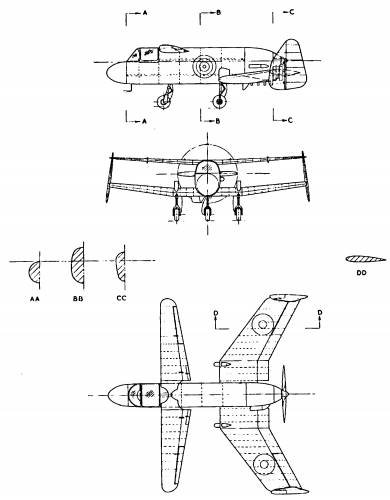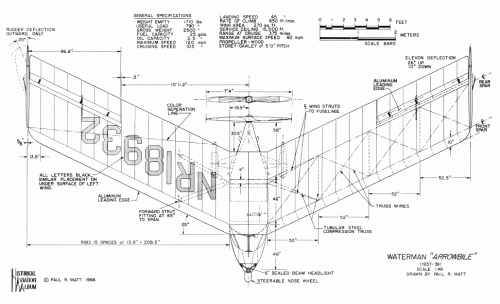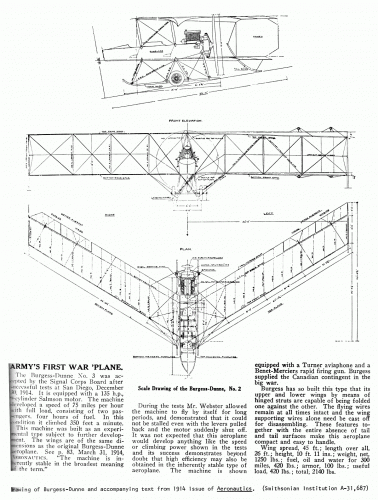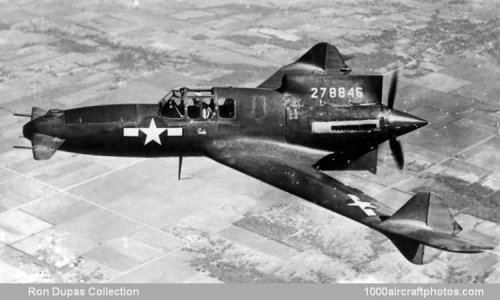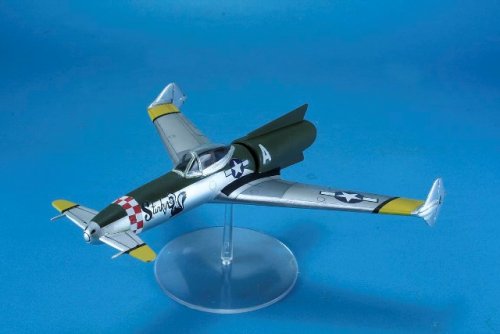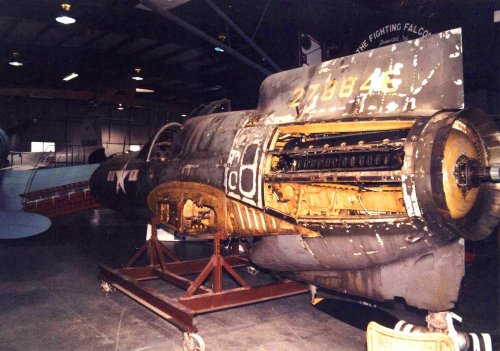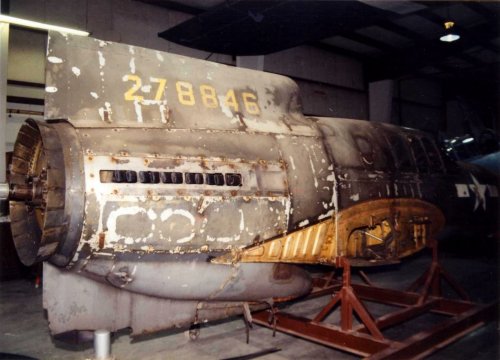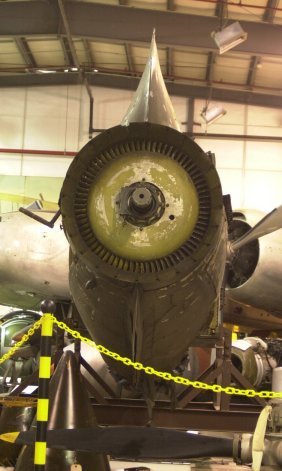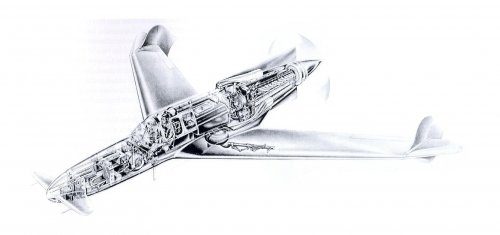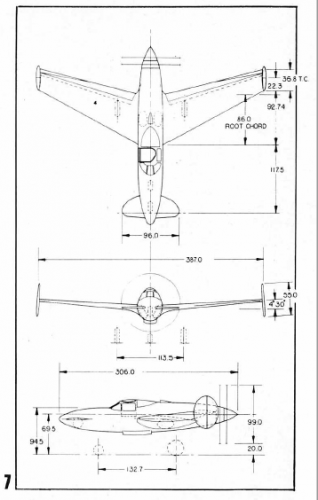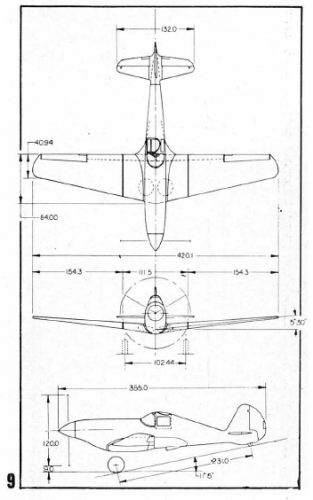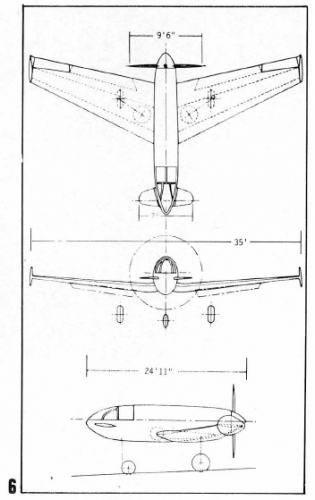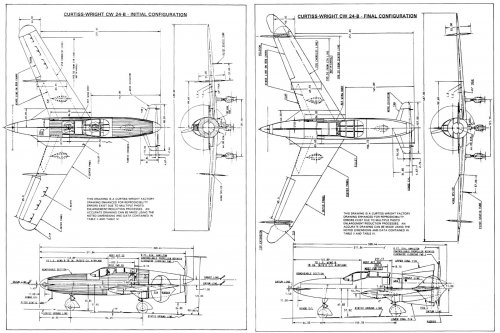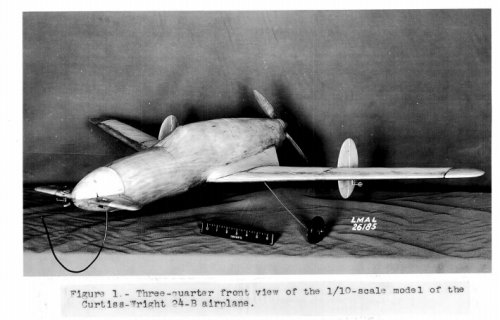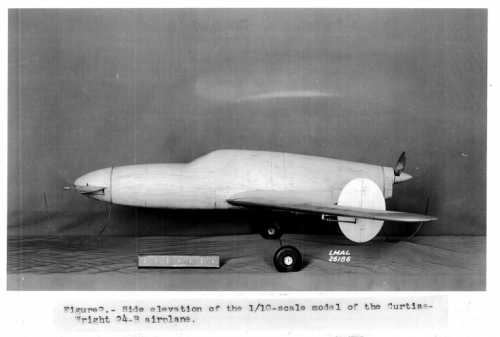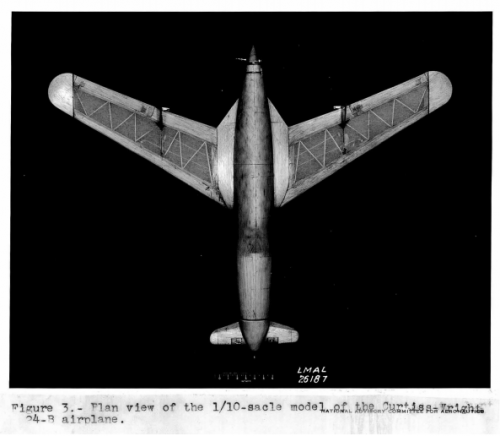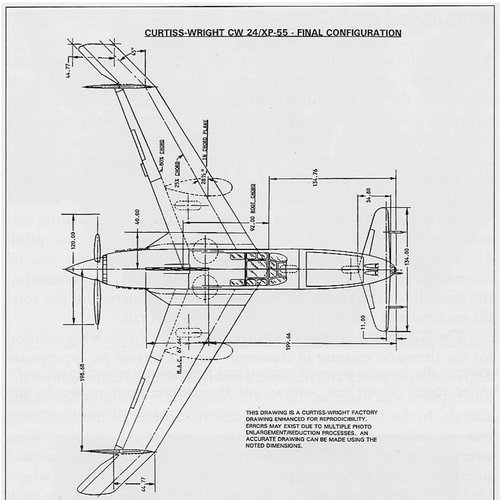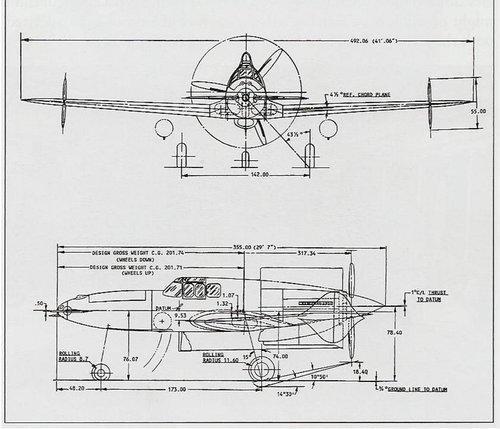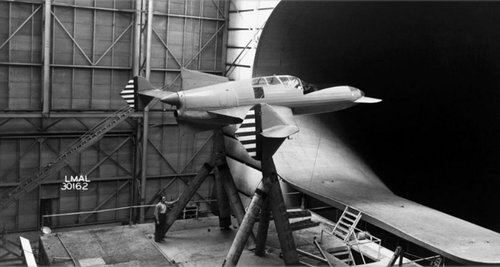- Joined
- 25 June 2009
- Messages
- 14,749
- Reaction score
- 6,113
Rubber Rookie said:OK, I realize that I'm coming into this discussion way late, but I've always loved the look of the XP-55. My question is what lead Curtiss to go with swept wings? As far as I know, few if any American engineers knew of the benefits of swept wings (as far as trans-sonic speed is concerned). Was it to help move the CG back?
I still plan on building my own XP-55 rubber powered free flight model some day. Need to vastly improve my building skills first.
Although swept wing associated with jet engines came late during the war and originated in Germany, there were quite a few types and projects featuring wing sweep before that, notably in association with canards (but not only): think of the Miles Libellula, the Waterman Arrowbile and even long before that, some of Dunne's pre-WWI biplanes (see U.S. Army Air Service's very first war plane below).

